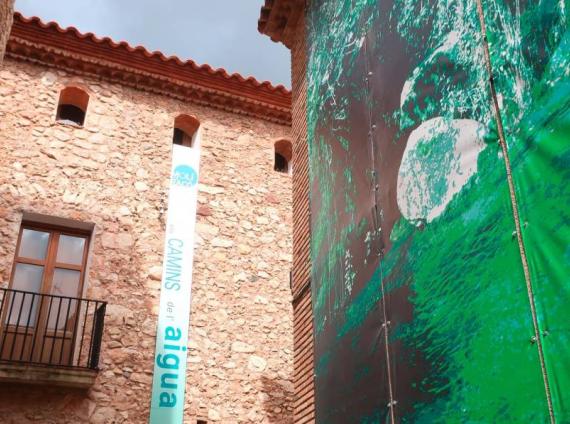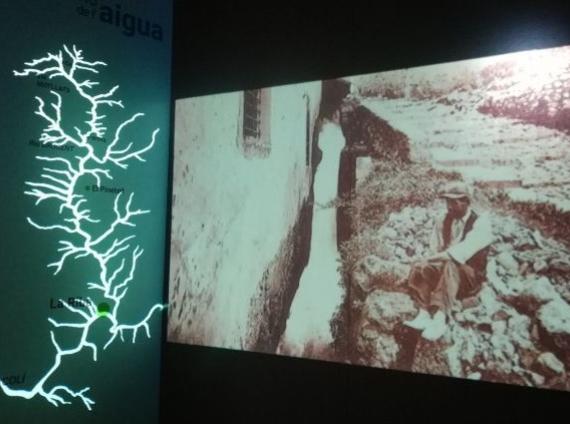According to the archaeological studies carried out between 2016 and 2018, the construction of the mill was carried out between the middle and the end of the 18th century. It is believed to be before 1788.
The ground floor was intended for the production of paper. The first floor was where the millers lived, the storage and business management space.
The second floor was the dryer, where the sheets of paper produced were taken to dry them.
At the end of the 18th century and during the first quarter of the 19th was the time of splendor of the mill; moment when several changes were made in the structure and internal and external organization of the mill.
At the end of the 19th century, a period of crisis began that ended with the cessation of the mill's activity and its abandonment. It is then that it is converted into housing and the municipal slaughterhouse is installed in part of the basement.
It has been owned by the City Council since 2014 and is currently home to the "The paths of water and paper" Interpretation Center.


